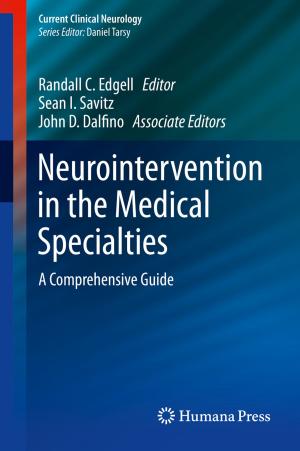Handbook of OR/MS Models in Hazardous Materials Transportation
Business & Finance, Management & Leadership, Operations Research, Nonfiction, Science & Nature, Technology, Power Resources| Author: | ISBN: | 9781461467946 | |
| Publisher: | Springer New York | Publication: | June 6, 2013 |
| Imprint: | Springer | Language: | English |
| Author: | |
| ISBN: | 9781461467946 |
| Publisher: | Springer New York |
| Publication: | June 6, 2013 |
| Imprint: | Springer |
| Language: | English |
The Pipeline and Hazardous Materials Safety Administration of the U.S. Department of Transportation defines hazardous materials (hazmat) as a substance or material capable of posing an unreasonable risk to health, safety, or property when transported in commerce. Hazmat accidents can result in significant impact to the population (death, injuries) and damage to the environment (destroyed or damaged buildings and infrastructure). Further, hazmat, especially explosive materials, can potentially be used by terrorists to attack civilians or to destroy critical infrastructure. This handbook provides models from Operations Research and Management Science that study various activities involving hazmat transportation: risk assessment, route planning, location decisions, evacuation planning, and emergency planning for terrorist attacks.
There are two important research areas in hazmat transportation that are widely studied in the literature: risk assessment and shipment planning. In the risk assessment area, important issues include measurement of accident probabilities and consequences in hazmat transport. Example works in the risk assessment area include modeling risk probability distribution over given areas, considering hazmat types and transport modes, and environmental conditions.
The first half of this handbook covers the two fields of risk assessment and shipment planning, while the second half of this handbook provides useful models and insights on other important issues including location problems for undesirable facilities, network interdiction, terrorist attack, and evacuation.
The Pipeline and Hazardous Materials Safety Administration of the U.S. Department of Transportation defines hazardous materials (hazmat) as a substance or material capable of posing an unreasonable risk to health, safety, or property when transported in commerce. Hazmat accidents can result in significant impact to the population (death, injuries) and damage to the environment (destroyed or damaged buildings and infrastructure). Further, hazmat, especially explosive materials, can potentially be used by terrorists to attack civilians or to destroy critical infrastructure. This handbook provides models from Operations Research and Management Science that study various activities involving hazmat transportation: risk assessment, route planning, location decisions, evacuation planning, and emergency planning for terrorist attacks.
There are two important research areas in hazmat transportation that are widely studied in the literature: risk assessment and shipment planning. In the risk assessment area, important issues include measurement of accident probabilities and consequences in hazmat transport. Example works in the risk assessment area include modeling risk probability distribution over given areas, considering hazmat types and transport modes, and environmental conditions.
The first half of this handbook covers the two fields of risk assessment and shipment planning, while the second half of this handbook provides useful models and insights on other important issues including location problems for undesirable facilities, network interdiction, terrorist attack, and evacuation.















